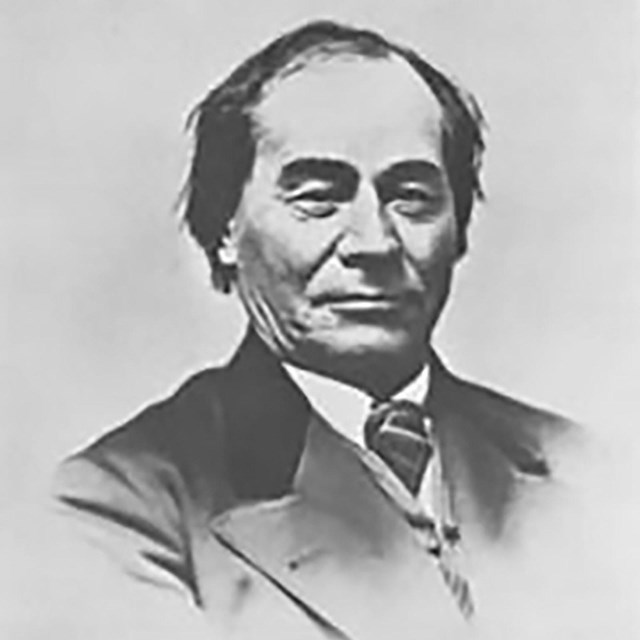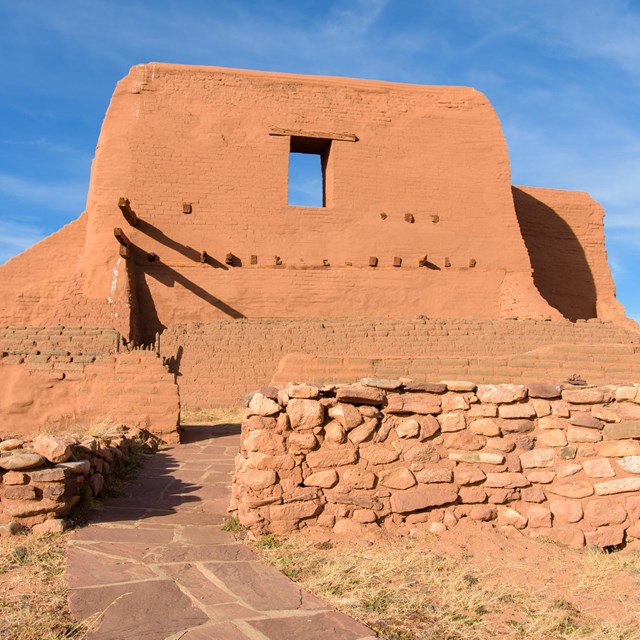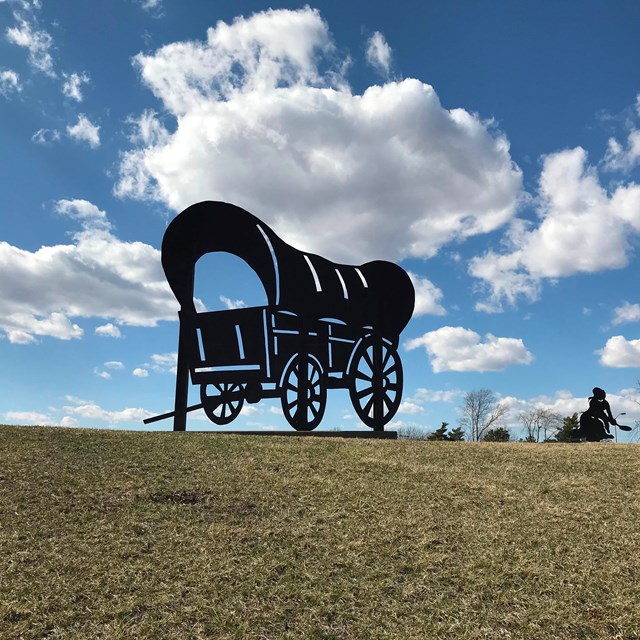The Key to UnderstandingNational History DayA Brief HistoryBetween 1821 and 1880, the Santa Fe Trail was primarily a commercial highway connecting Missouri and Santa Fe, New Mexico. The route was pioneered by Missouri trader William Becknell, who left Franklin, Missouri in September 1821. Others before him had been arrested by Spanish soldiers once they neared Santa Fe, and most had been hauled south toward Mexico City to serve lengthy prison sentences. Becknell, however, was pleasantly surprised to find that Mexico had overthrown the Spanish yoke, and the new Mexican government – unlike their predecessors – welcomed outside trade. Not surprisingly, others got into the trade soon after Becknell returned, and by 1825 goods from Missouri were not only being traded in Santa Fe, but to other points farther south as well. Some traders used the so-called Mountain Route, which offered more dependable water but required an arduous trip over Raton Pass. Most, however, used the Cimarron Route, which was shorter and faster but required knowledge of where the route’s scarce water supplies were located. From 1821 until 1846, the Santa Fe Trail was a two-way international commercial highway used by both Mexican and American traders. Then, in 1846, the Mexican-American War began, and a few months later, America’s Army of the West followed the Santa Fe Trail westward to successfully invade Mexico. After the Treaty of Guadalupe Hidalgo ended the war in 1848, the Santa Fe Trail became a national road connecting the more settled parts of the United States to the new southwest territories. Commercial freighting along the trail boomed to unheard-of levels, including considerable military freight hauling to supply the southwestern forts. The trail was also used by stagecoach lines, thousands of gold seekers heading to the California and Colorado gold fields, adventurers, missionaries, wealthy New Mexican families and emigrants. In 1866, just a year after the Civil War ended, an unprecedented period of railroad expansion began in the new state of Kansas. Within two years, rails had been laid all the way across central Kansas, and by 1873, two different rail lines reached from eastern Kansas all the way into Colorado. Because the Santa Fe Trail hauled primarily commercial goods, this railroad expansion meant that the trading caravans needed to traverse increasingly short distances. During the early 1870s, three different railroads vied to build rails over Raton Pass in order to serve the New Mexico market. The winner of that competition, the Atchison, Topeka, and Santa Fe Railroad, reached the top of Raton Pass in late 1878. Additional track mileage further shortened the effective distance of the Santa Fe. Then, in February 1880, the railroad reached Santa Fe, and the trail faded into history. Links to more History
More History
|
Last updated: April 23, 2025



